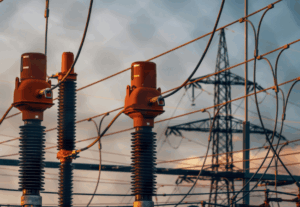
In one of the most significant transcontinental energy projects in the Middle East, Egyptian Prime Minister Mostafa Madbouly witnessed the signing of a cooperation agreement between Egypt and the UAE to carry out the final studies for the electricity interconnection project between Egypt and Europe via Italy, using submarine cables across the Mediterranean Sea.
The agreement was signed at the Cabinet headquarters in the New Administrative Capital, in the presence of Minister of Electricity and Renewable Energy Mohamed Shaker. It marks a new phase of regional electrical integration and strengthens Egypt’s position as a central hub for energy exchange between three continents.
Under the agreement, final technical, environmental, and financial studies will be prepared in preparation for the actual implementation of the project, which will connect Egypt’s national grid to the unified European grid through Italian territory. The project is expected to transmit around 3,000 megawatts of clean electricity to Europe once fully operational.
A Strategic Transformation in the Energy Landscape
This project represents a turning point in Egypt’s energy strategy, which aims to export surplus electricity generated from renewable sources — such as solar and wind power — to European markets seeking clean and stable alternatives following recent disruptions in gas supplies.
The Prime Minister stated that the project “embodies the state’s vision to maximize the use of its natural resources and unique geographical position,” emphasizing that the interconnection with Europe “places Egypt in a leading position on the global energy corridor map.”
For his part, the Minister of Electricity noted that the project is one of the most prominent renewable energy export initiatives in the region, contributing to reducing emissions, enhancing European and global energy security, and supporting investments in renewable energy infrastructure within Egypt.
Emirati Partnership to Strengthen Regional Presence
This Egyptian-Emirati cooperation reflects the mutual trust between both sides in implementing strategic energy projects and extends a broader partnership covering clean energy, green hydrogen, and regional interconnection initiatives.